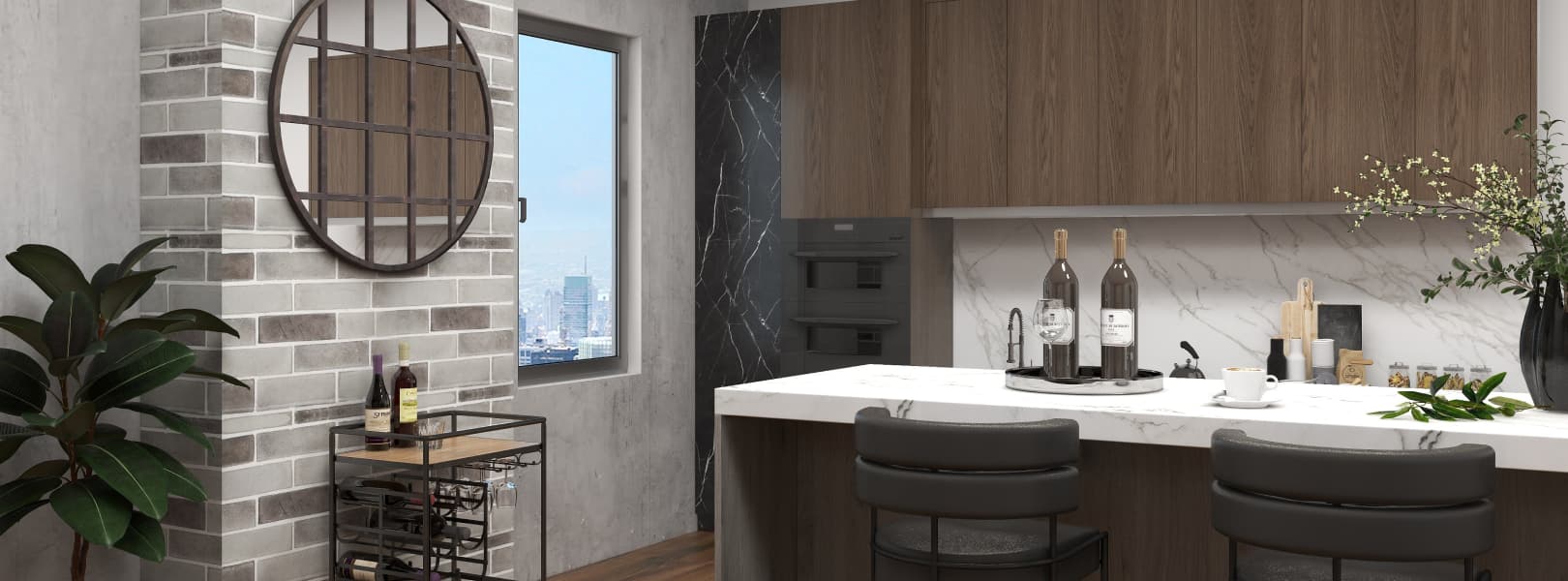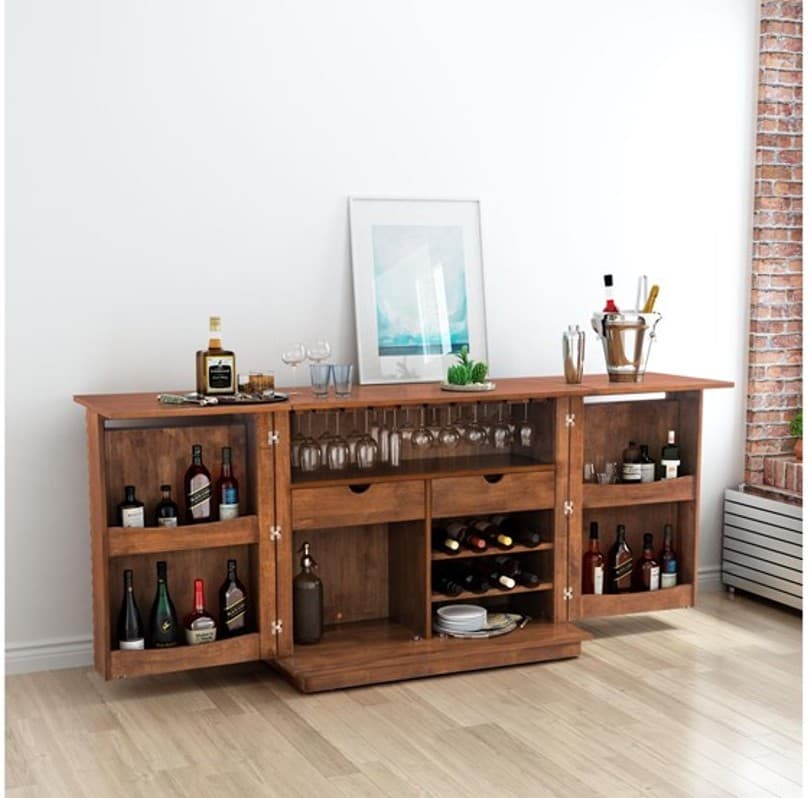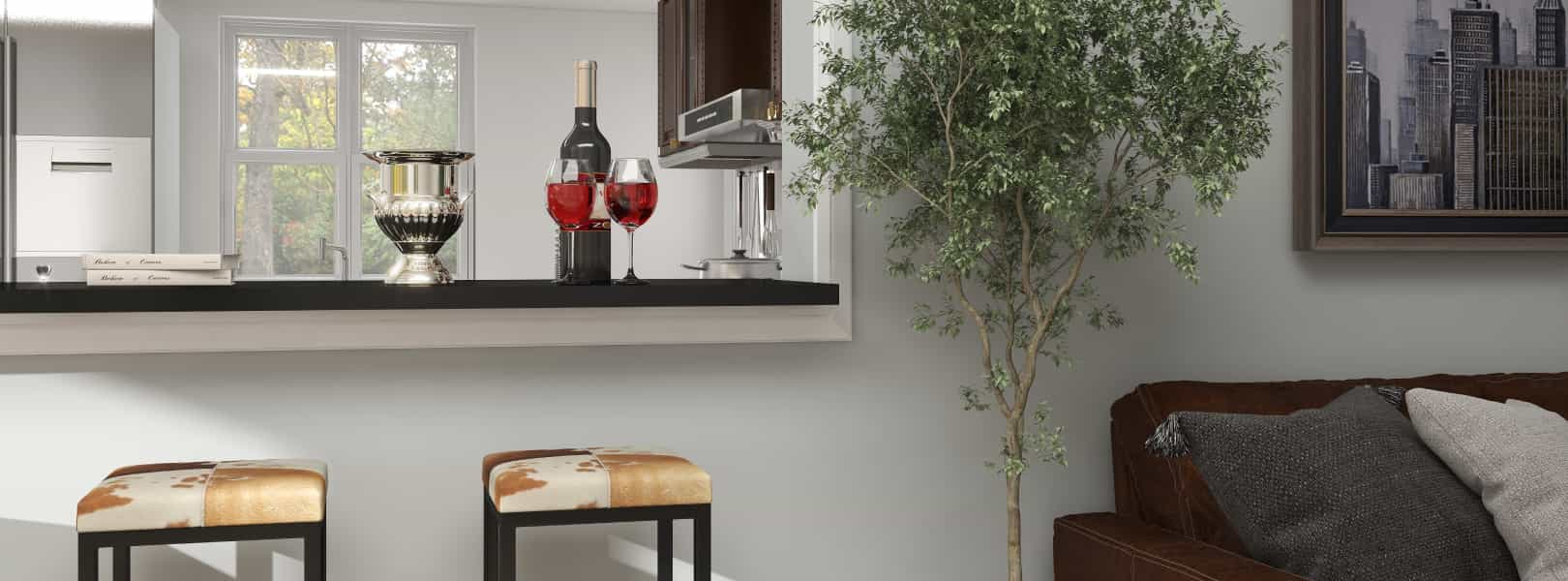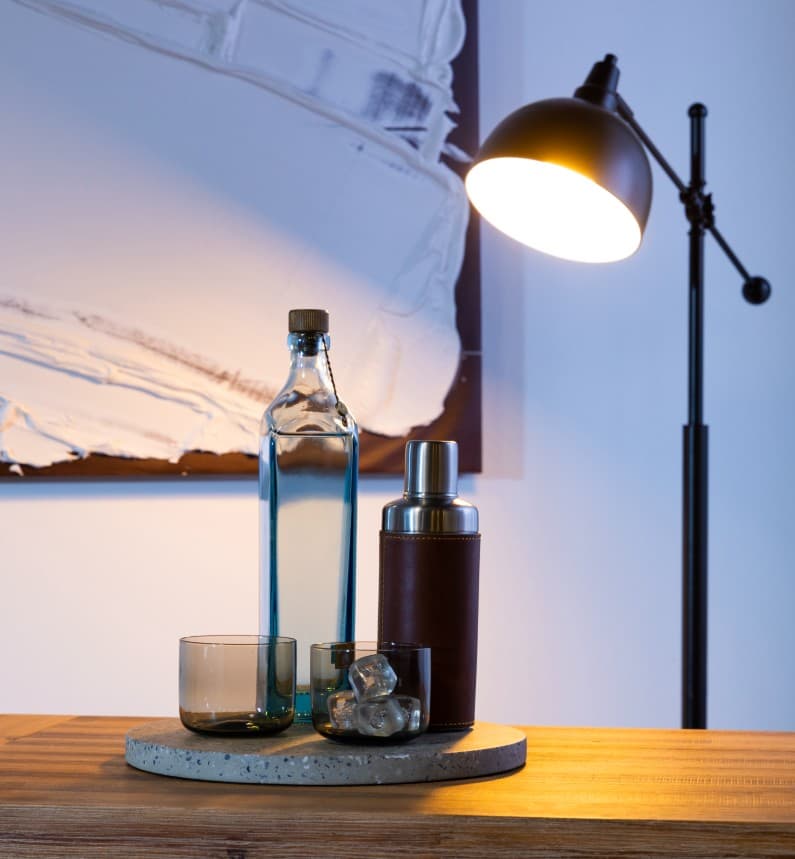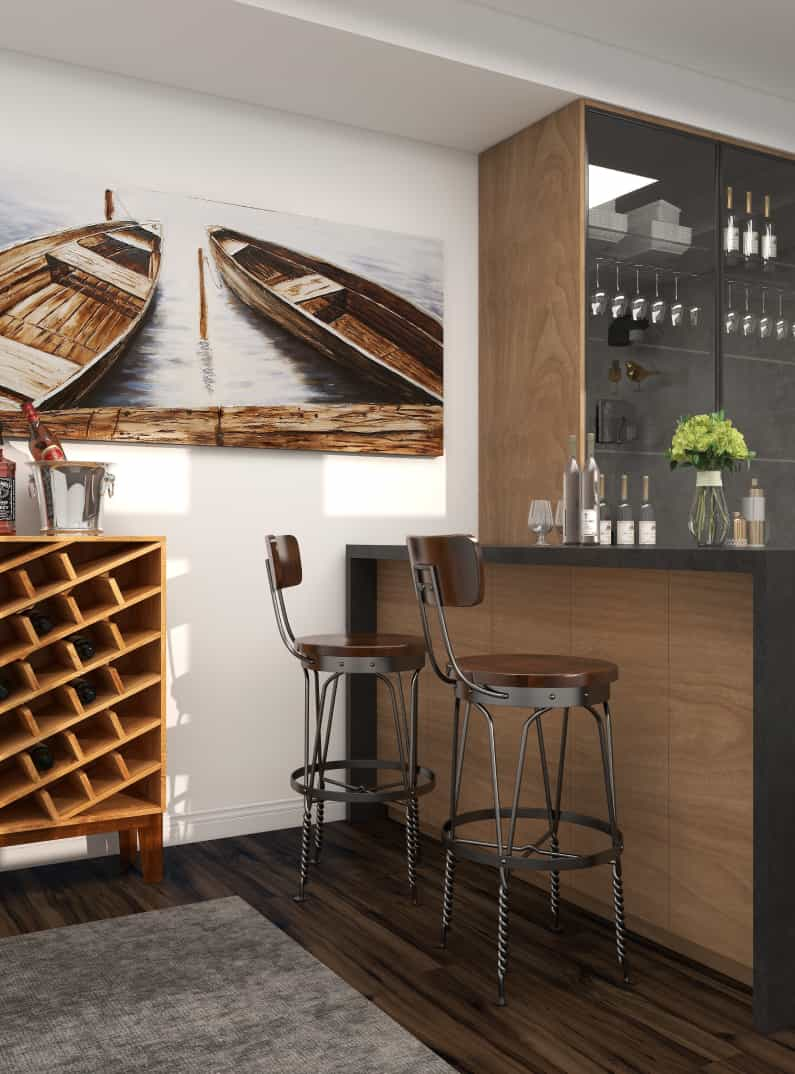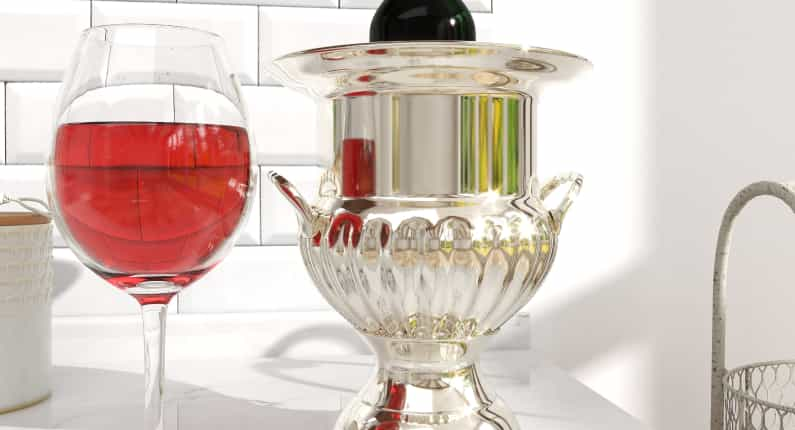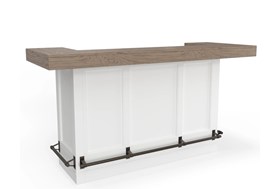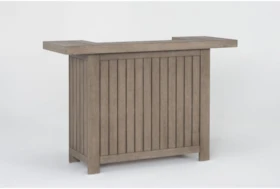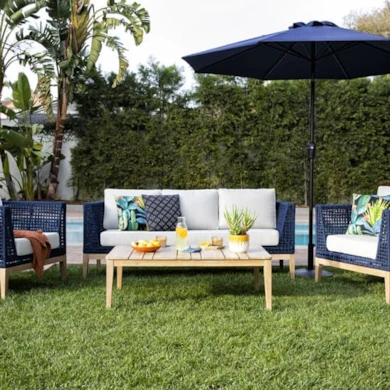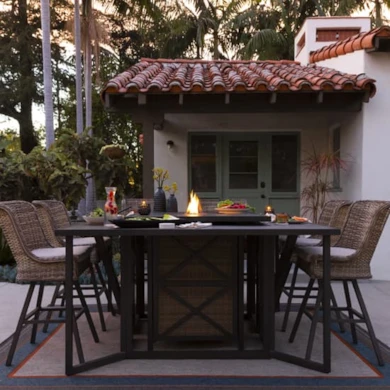Bartending 101: Tips for the Home Bartender
Wine: Wine is the fermentation of grapes, wine and water. (Fermentation is the process in which sugars are broken down and consumed by yeasts, before being transformed into alcohol.) The wine used in most cocktails is fortified wine, which is essentially aged wine with a higher alcoholic concentration. Fortified wines include sherry and vermouth.
Liqueurs: Liqueurs are spirits, sweetened. Amaretto, coffee and creme are just a few flavors of liqueurs. Any mixed drink, craft cocktail and/or classic cocktail can use a liqueur: add one on to a mojito, dry martini, Manhattan or Bloody Mary.
— More Great Articles —
Read the Latest
Editorial Disclaimer: Articles featuring tips and advice are intended for educational purposes and only as general recommendations. Always practice personal discretion when using and caring for furniture, decor and related items.
